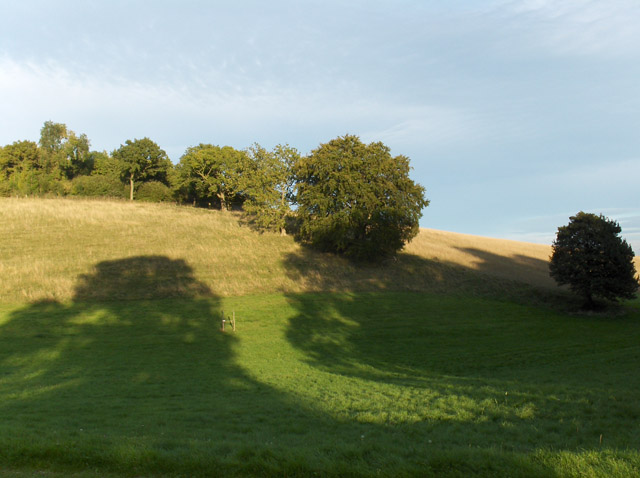 |
| Creative Commons Licence 2.0 / Andrew Smith |
One of the main ways Adams's story is unique is his made up language. He uses certain words repetitively which ingrains them in the mind of the reader. The very sound of the words creates an imagery that adds meaning to the story.
“Silflay hraka, u embleer rah!”
Here is a phrase used by one of the rabbits. Your first encounter with it makes it seem like non-sense, however the more time you spend with the book, the more these words add to the story. Silflay is a word which means to go above ground to eat in the open air rather than to eat below ground. The invention of this word gives a certain culture to the rabbits. They have these interesting social practices that make them appear more human like. Not only do they have these practices, they have words for them. By reading these words over and over, you become involved in the life of the rabbits. Watership Down becomes less of a fictional story and more of a historical chronicle. In your mind's eye, you can envision these adventures as actually happen. They are no less real than Julius Caesar or William the Conqueror, and all because of the imagery Adams is able to create with made up words!
Earlier I mentioned that Adams's makes us of the framework story. Similar to Carroll, Adams uses several side stories. These frame stories serve as a refreshing break for the reader. More importantly, though, they serve as a way to make the characters more real. Once again they give the characters historical background. As you read, you convince yourself that these rabbits weren't just made up 40 years ago by an English author, rather that they have existed for ages.
 |
| Creative Commons Attribution 2.0 Generic |

I love in the beginning how you brought in another artistic medium and tied it all in. My mind instantly went to the White Rabbit and how he says he's late for a specific purpose... but I wonder if he's late at very opportune moments in the light of slightly dangerous situations. (though I feel that 'dangerous' can be interpreted loosely...)
ReplyDelete